by Moe | Oct 1, 2015 | Ancient America, Phoenicians
“This curious fragment was found four feet under the ground beneath a trash pile of broken early Indian pottery not far from the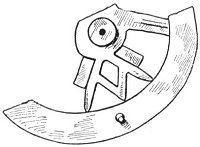 Casa Grande ruins in Arizona. It is significant because of its striking to the Masonic compass and square. Indian baskets pottery, and blankets frequently bear ornamental designs of especial Masonic and philosophic interest.” – Manly P. Hall (The Secret Teachings of All Ages)
Casa Grande ruins in Arizona. It is significant because of its striking to the Masonic compass and square. Indian baskets pottery, and blankets frequently bear ornamental designs of especial Masonic and philosophic interest.” – Manly P. Hall (The Secret Teachings of All Ages)
This Indian Masonic compass and square is made of sea shells and dated to over 1,800 years ago. The manufacture of the square and compass using sea shells would indicate they were a people of the sea, just like the Phoenicians, whom the Egyptians had known as the Sea Peoples.
It is well know that the Freemasons trace their craft back to the the chief mason working on Solomon’s Temple as Phoenician King, Hiram Abiff, son of a Tyrian widow. Hence, the Widow’s Son. He was the Chief architect sent to Solomon by the Phoenician King of Tyre. (more…)
Moe is the founder of GnosticWarrior.com. He is a father, husband, author, martial arts black belt, and an expert in Gnosticism, the occult, and esotericism.
by Moe | Oct 1, 2015 | Ancient America, Phoenicians
The Phoenicians were masters at metal working, religion and the art of war just like the American Indians. In mythical lore, the 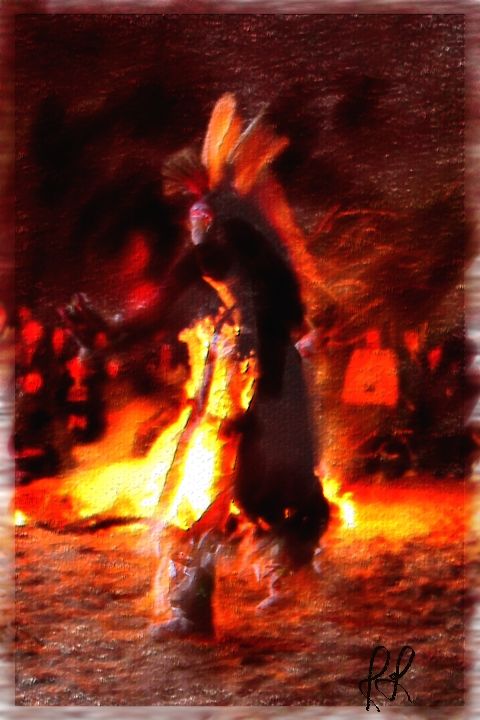 Phoenician Magi priests were known under several names such as the Corybnates, Coarbs, Cabiri, Telchines, and Curetes of Crete who were masters of magic, alchemy of plants, and archery just like the American Indians. These names of Magi priests from Phoenicia can also be easily found in the history of the American Indians, which connect these two ancient cultures as one separated by time and continents.
Phoenician Magi priests were known under several names such as the Corybnates, Coarbs, Cabiri, Telchines, and Curetes of Crete who were masters of magic, alchemy of plants, and archery just like the American Indians. These names of Magi priests from Phoenicia can also be easily found in the history of the American Indians, which connect these two ancient cultures as one separated by time and continents.
It is important to note that this Phoenician tribe of the Magi from Crete had worshiped the serpent and were also called fire-kindlers much like the American Indians had done. They had worshiped their main deity in the form of fire that they had constantly kept kindled in which the holy and powerful priests were the guardians of the divine power.
This fire was not the worship of flames and heat that can be found in a kindled fore, but an ancient symbol of the sacred force energy that can be found in humans and all living creatures. This energy force in the form of fire later became incorporated into idols being that of the various Gods of fire that can be found in many different parts of the world, and in the Scripture as the God Baal.
In ancient Phoenicia, this God was known under various names such as Moloch, Baal, and later under their cousins the Greeks as Hephaestus, and the Romans as Vulcan. Many Indian tribes had called this fire deity, Ochre. The Mayans even had a holy book known as Chilam Balam. Chilan or Chilam is a title of Mayan priests.
Two of the greatest of ancient Greek historians, Herodotus and Diodorus, both mention that the tower of Babel contained in one of its upper stories a statue of Belus. Strabo calls it the tomb of Bel (Baal). The Bible records the fact that Bel or Baal was the God worshiped at these high places and upon the roofs of houses, and in whose worship the Phoenician Hebrews caused their children to pass through the fire, (see Jer. 32:29 and 19:5.). A religious rite practiced also by many American Indian Tribes. (more…)
Moe is the founder of GnosticWarrior.com. He is a father, husband, author, martial arts black belt, and an expert in Gnosticism, the occult, and esotericism.
by Moe | Sep 29, 2015 | Ancient America, Phoenicians
“I’m like Jesus looking for a place to be born! There’s no room in any inn. My essays don’t fit anywhere because they are about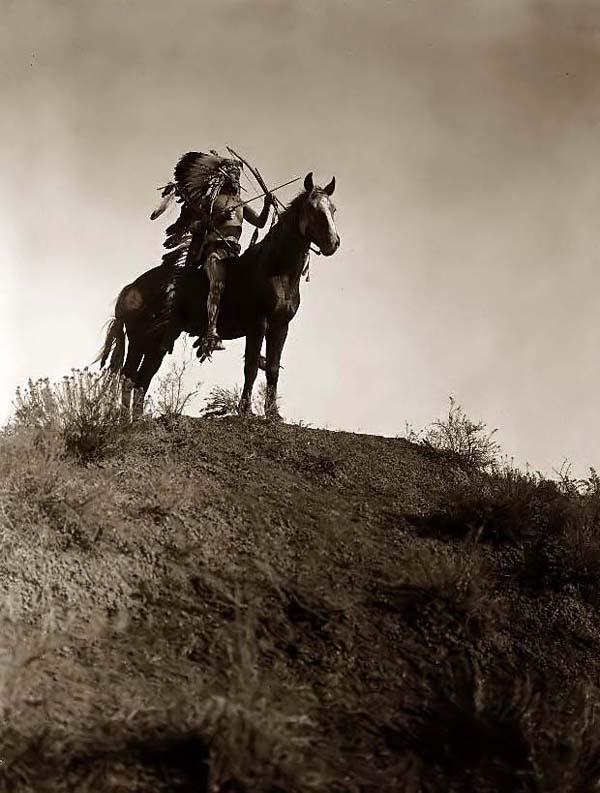 ideas that still are outside the canon of the canonized. They will eventually totally change the way the world looks as the ancient Americas, but meanwhile they wander the highways and by ways looking for a place to be born.” – Dr. Hugh Fox
ideas that still are outside the canon of the canonized. They will eventually totally change the way the world looks as the ancient Americas, but meanwhile they wander the highways and by ways looking for a place to be born.” – Dr. Hugh Fox
In my research into the lost history of my ancestors who I know to be the ancient Phoenician Hebrews, and who are biblically known as the Lost Tribes of Israel, I have frequently come across a race of people known where I live in the United States, as the Native American Indians. This exhaustive research has proved to me time and time again what my intuition has been telling me all along, that the Native American Indians are the descendants of the ancient Phoenicians.
Many researchers, authors, Jews, and even Catholic Fathers have all came to this same conclusion. For example, in 1607, the Catholic Father Gregorio García wrote his book, The Origin of the Indians of the New World of Native Americans:
“The Indios come from many nations of the Old World. Some are probably descendants of the Carthigians; Some are the descendants of the lost Tribes of Israel; others come from Atlantis, Greece, Phoenicia and China.” (Thompson 1992 p.14) (more…)
Moe is the founder of GnosticWarrior.com. He is a father, husband, author, martial arts black belt, and an expert in Gnosticism, the occult, and esotericism.
by Moe | May 8, 2015 | History of the Brotherhood, Irish History, Phoenicians
There are many interesting connections between the Phoenicians, Greek Ionians and the Old Irish that can be found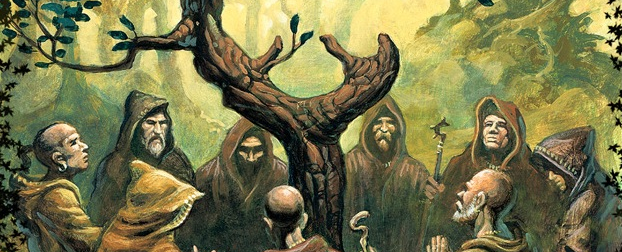 all throughout the early history of Ireland. These similarities between these people are often found in their religious customs, Gods, Goddesses, family and place names they had imported into Ireland.
all throughout the early history of Ireland. These similarities between these people are often found in their religious customs, Gods, Goddesses, family and place names they had imported into Ireland.
In my last article, The Druid and Phoenician Coarbs of Ireland, I explained the relationship between the Druid and Culdee Coarbs with the Phoenician Corybnates. It can safely be said they are the same people. Another one of these connections of research I would like to present to you deals with the Cabiri of the Phoenicians, the Egyptians and the Cabiri of the ancient Irish. In studying the rites of the ancient Druid Cabiri who were celebrated in Ireland, they can be found many centuries before in ancient Phoenicia and Greek Ionia that is attested by many of the world’s most famous authors of yesteryear. (more…)
Moe is the founder of GnosticWarrior.com. He is a father, husband, author, martial arts black belt, and an expert in Gnosticism, the occult, and esotericism.
by Moe | May 7, 2015 | History of the Brotherhood, Irish History, Phoenicians
“These Corybantes are the Irish Curbs or Coarbs. It is not surprising that they came from 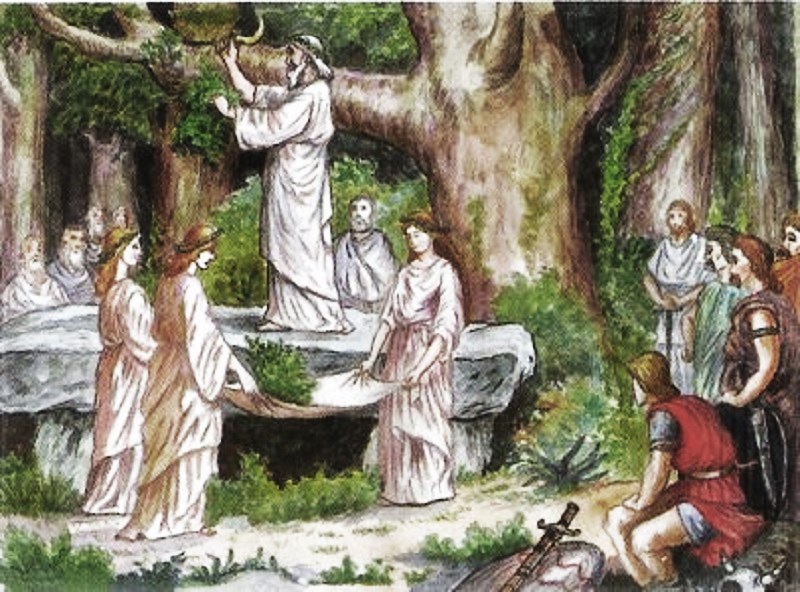 Phoenicia.” – Sir Godfrey Higgins
Phoenicia.” – Sir Godfrey Higgins
The ancient Druids in Ireland and Culdee priests of Iona had called their priests by the name of the Coarbs. They were from the same stock of priests who both wore a white dress, and followed the God Io (Jehovah or Yahweh). Their teachings, customs, religion and property descended from father to son. They often lived in communities together under the rule of a Superior, and as they became older and wiser they would stay in detached cells. The Druidic priesthood of Iona were the first people who introduced Christianity into Ireland and the West. (more…)
Moe is the founder of GnosticWarrior.com. He is a father, husband, author, martial arts black belt, and an expert in Gnosticism, the occult, and esotericism.
by Moe | Mar 11, 2015 | Phoenicians, Quotes
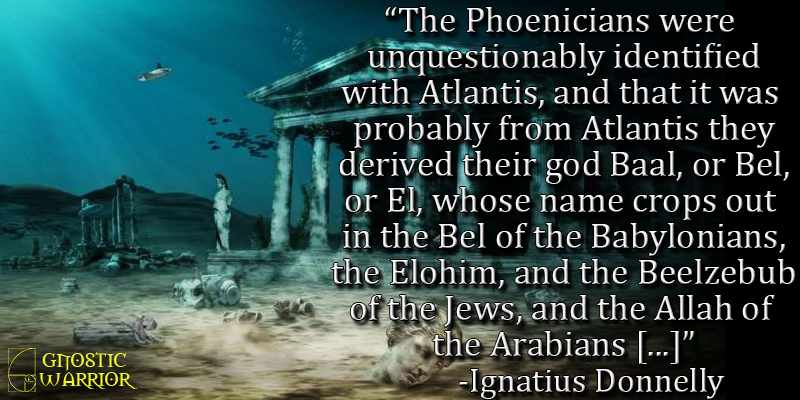
Moe is the founder of GnosticWarrior.com. He is a father, husband, author, martial arts black belt, and an expert in Gnosticism, the occult, and esotericism.
 Casa Grande ruins in Arizona. It is significant because of its striking to the Masonic compass and square. Indian baskets pottery, and blankets frequently bear ornamental designs of especial Masonic and philosophic interest.” – Manly P. Hall (The Secret Teachings of All Ages)
Casa Grande ruins in Arizona. It is significant because of its striking to the Masonic compass and square. Indian baskets pottery, and blankets frequently bear ornamental designs of especial Masonic and philosophic interest.” – Manly P. Hall (The Secret Teachings of All Ages)





